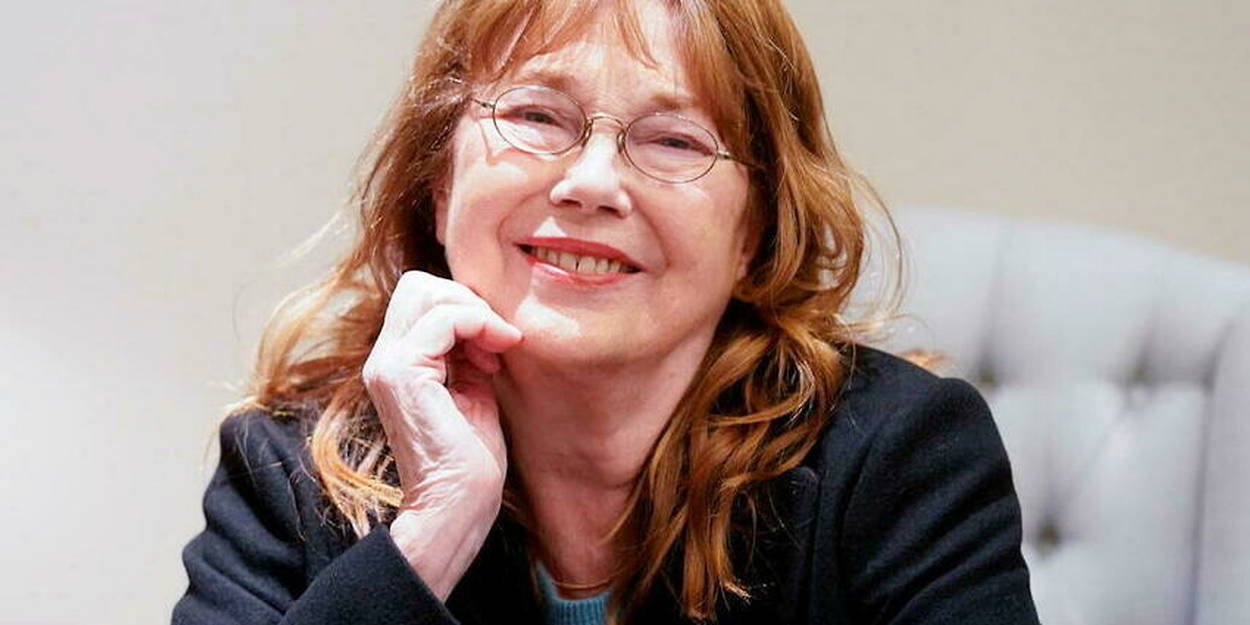Beirut / Stephanie Radi / Anatolia
On Friday, the Sursock Museum in the Lebanese capital, Beirut, reopened its doors to visitors after it was restored, after it was severely damaged by the Beirut port explosion in the summer of 2020.
The museum was visited (privately) by the caretaker Minister of Culture, Muhammad al-Murtada, accompanied by the Director of Culture and Emergencies at the United Nations Educational, Scientific and Cultural Organization “UNESCO” Christa Beckett, the Swiss Ambassador to Lebanon Marion Weichelt, and the Director of the UNESCO Regional Office in Beirut Costanza Farina.
The visit came as part of an inspection tour of the restoration work of Sursock Palace in Ashrafieh (east of the capital), according to the National News Agency (government).
During the visit, Al-Murtada said, “Sursock Palace (about 800 meters from the port) is the conscience and heart of Lebanese culture.”
He explained that “the involvement of the Swiss Federal Office for Culture, in cooperation with UNESCO and Italy, goes beyond the restoration of stone, and extends to the restoration of Lebanon’s cultural and civilizational role, which was and still is a homeland to which camels travel from all over the world.”
On August 4, 2020, a huge explosion occurred in the port of Beirut, killing more than 200 people and injuring about 6 thousand others, in addition to massive material damage to residential buildings and commercial establishments.
The Sursock Museum was not spared the destruction that affected 70 percent of its area, as its glass windows and wooden panels were shattered, its ceilings collapsed, and more than 50 pieces of art were destroyed in it.
On May 15, UNESCO announced in a statement the completion of the project to rehabilitate the Sursock Museum with one million euros donated by Italy.
The museum had received direct support from France in the first phase of rehabilitation, according to UNESCO.
The Sursock Museum is located in the Ashrafieh region, east of Beirut, and is one of the few monuments that testify to the Lebanese architecture in the eighteenth and nineteenth centuries, built on the Phoenician and Ottoman styles.
The museum is considered one of the most beautiful buildings in Beirut from an urban point of view, as it is predominantly white with colored windows.
Opened in 1961, the museum houses in its permanent collection more than 1,500 objects, including paintings, sculptures and tapestries, as well as more than 30,000 valuable photographs, postcards and manuscripts.
The news published on the official page of Anadolu Agency, is an abbreviation for part of the news that is shown to subscribers through the News Stream System (HAS). In order to subscribe to the agency, please contact the following link.
2023-05-26 22:01:32
#Beirut. #opening #Sursock #Museum #closure #years


